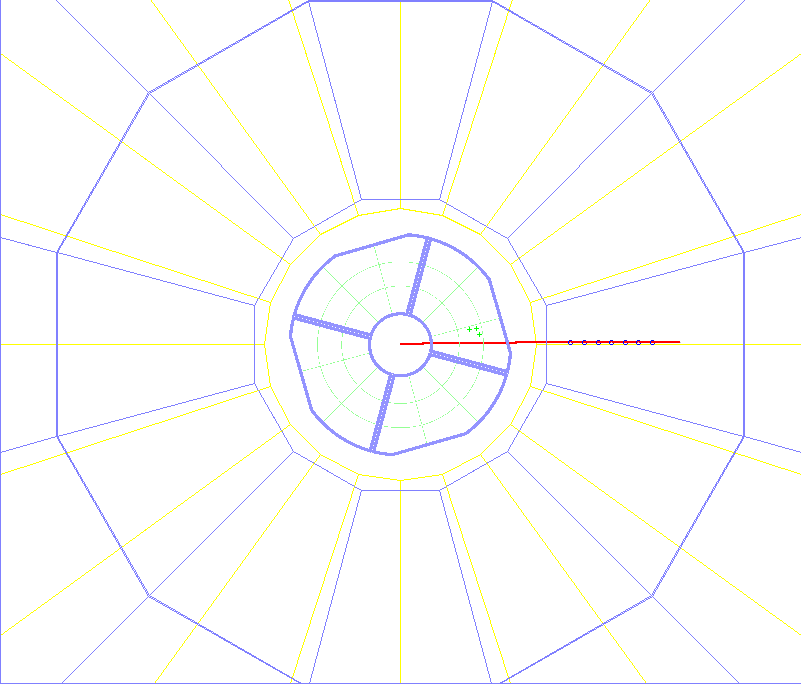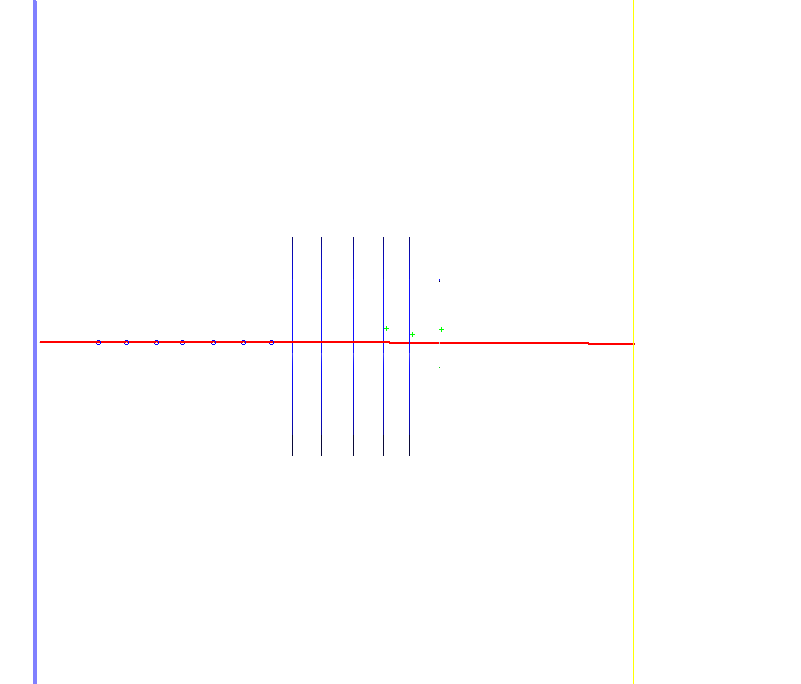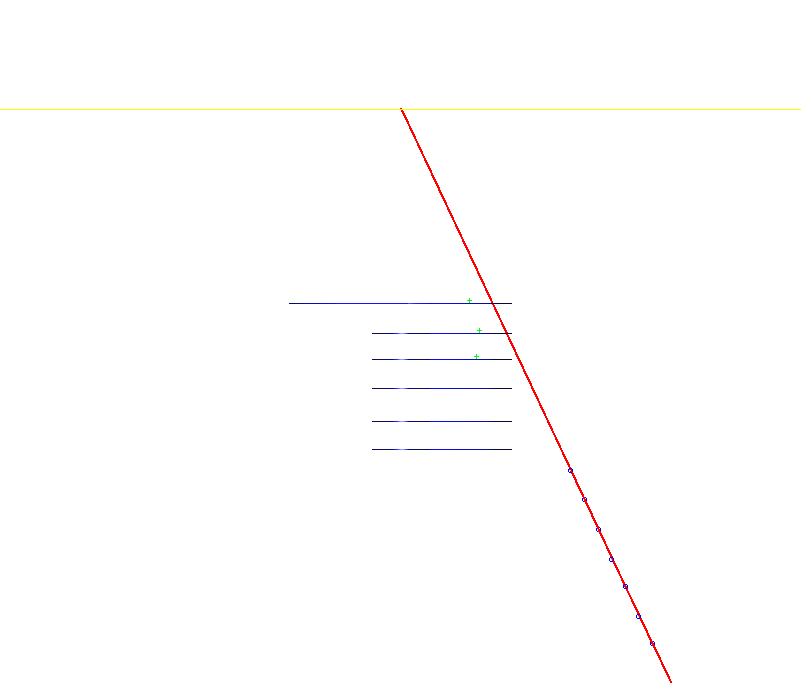- jwebb's home page
- Posts
- 2019
- 2018
- 2017
- 2016
- 2015
- 2014
- 2013
- November (1)
- October (1)
- September (1)
- July (1)
- June (1)
- April (1)
- March (3)
- February (1)
- January (1)
- 2012
- 2011
- December (2)
- September (3)
- August (5)
- July (6)
- June (6)
- May (1)
- April (5)
- March (5)
- February (2)
- January (2)
- 2010
- December (3)
- October (3)
- September (2)
- August (2)
- June (2)
- May (4)
- April (4)
- March (2)
- February (4)
- January (10)
- 2009
- 2008
- 2007
- 2006
- July (1)
- My blog
- Post new blog entry
- All blogs
First demonstration of FGT tracking using Stv
Abstract: The FGT has been integrated within the Stv tracking framework. A simple Monte Carlo sample, consisting of 100 events with 10 muons / event generated within the fiducial range of 0.75 < eta < 2.25, and with 25 < pT < 50 GeV was generated and reconstructed using the Stv tracker. Pairs of FGT single-strip clusters were combined to form all possible points within each FGT quadrant. We compare the number of global tracks reconstructed with only the TPC to the number of global tracks reconstructed with both the FGT and TPC.
0 Algorithm
FGT single-strip clustering algorithm is applied to the results of the FGT slow simulator. All possible pairs of clusters are combined in each quadrant to form points. These points are saved in StEvent, and made available to the Stv tracker to form seeds (Stv default seed finder) and are available as hits to be added to the fit. The hit errors are taken to be 5E-3 cm. [NOTE: this is 50 microns]
1 Initial Study
Monte Carlo Event Sample
10 muons per event are generated with 25 < pT < 40 GeV, 0.75 < eta < 2.25 and full coverage in phi. We run TpcRS and the FGT slow simulator (+cluster/point finding) to produce hits in the respecitve detectors. Twp independent runs of TpcRS are made for this initial study.
Figure 1 -- Number of global tracks reconstructed / event with the TPC only (black histogram) and with the TPC and FGT (red histogram). The inclusion of the FGT does increase the number of tracks reconstructed, however more investigation is required to determine their quality. However, this is a successful test of the software indicating that the MC events can be reconstructed in Stv land.

Figure 2 -- An example of one event with the FGT in the tracker. There is one magenta track (2nd from left) which incorporates an FGT hit. There is another track, which was not reconstructed, which should include three FGT hits. It may be that the default seed finder gives up if it can't find another hit nearby the last hit. (You will note that the "+" symbols represent hits not associated with tracks while the "o" symbol represents hits added to tracks).
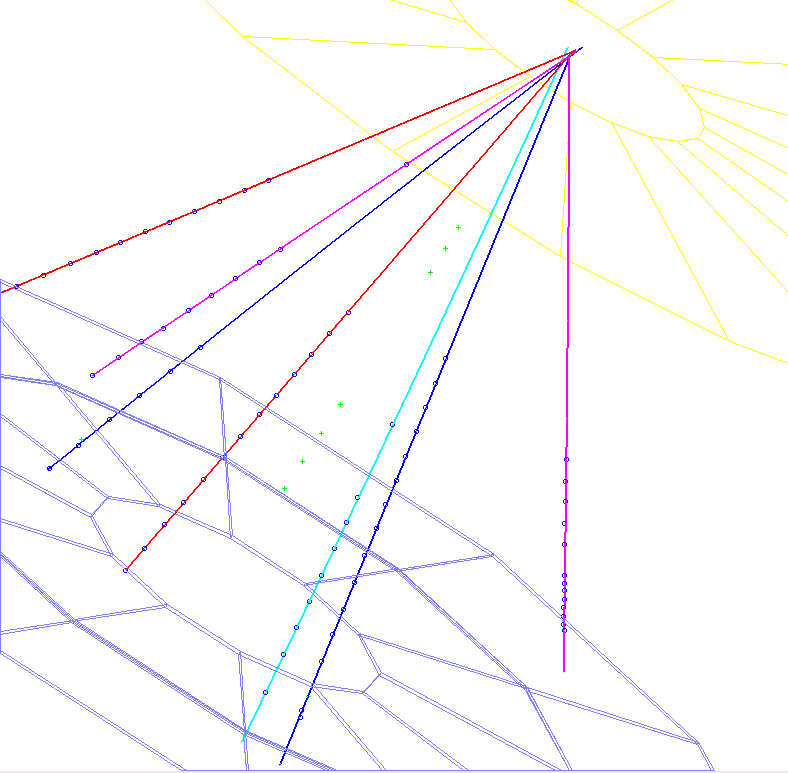
Thoughts: We have demonstrated that the FGT can be integrated into the Stv tracker. We see in figure 2 that a single track was found in the TPC, propagated to the FGT and the corresponding hit in the FGT was added to the track. More investigation, tuning and perhaps seed finding development needs to occur in order to produce tracks with high efficiency. The 5th "track" from the left was not found... 3 points were available in the TPC, four points were available in the FGT, but no seeds were found in either detector... possibly because of a minimum number of hits cut.
2 Examine Single Track Events in Detail
Figure 3 -- Event #3 generated at eta = 1.75, phi = 0. Hit points in FGT are not close to the reconstructed TPC track.
|
z-view
|
x-view
|
y-view
|
Figure 4 -- Event #8 generated at eta = 1.75, phi = 0.
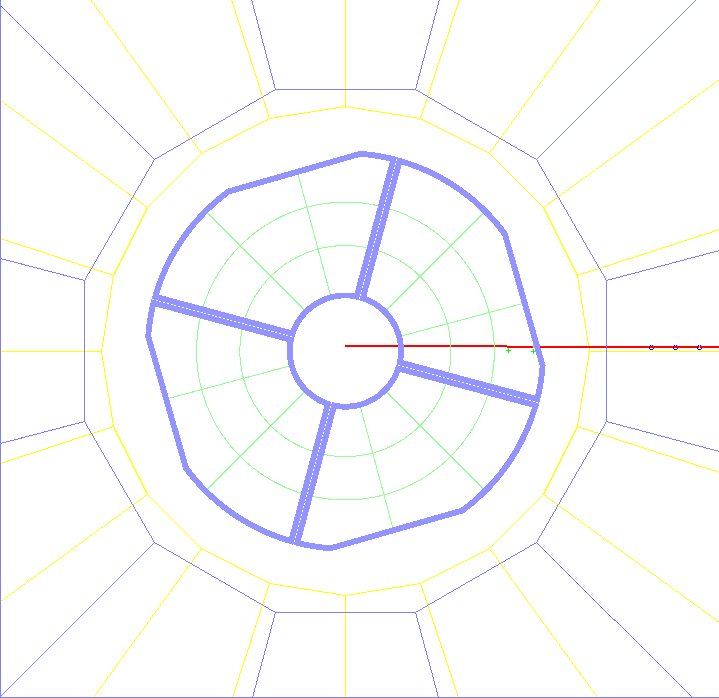 |
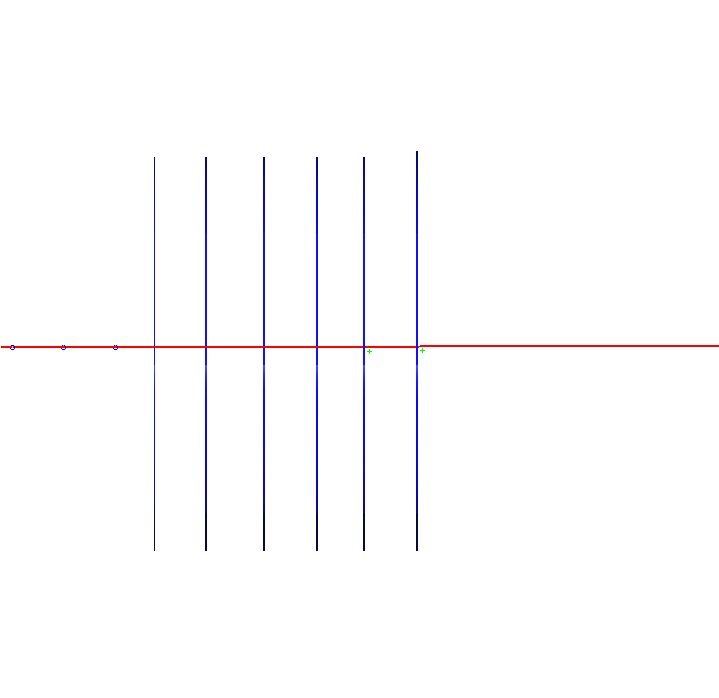 |
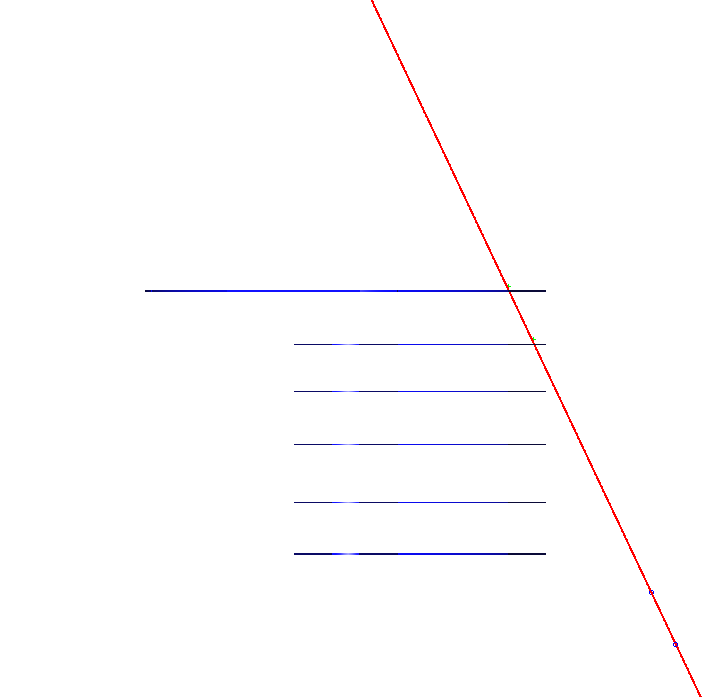 |
Figure 5 -- Event #13 generated at eta = 1.75, phi = 0.
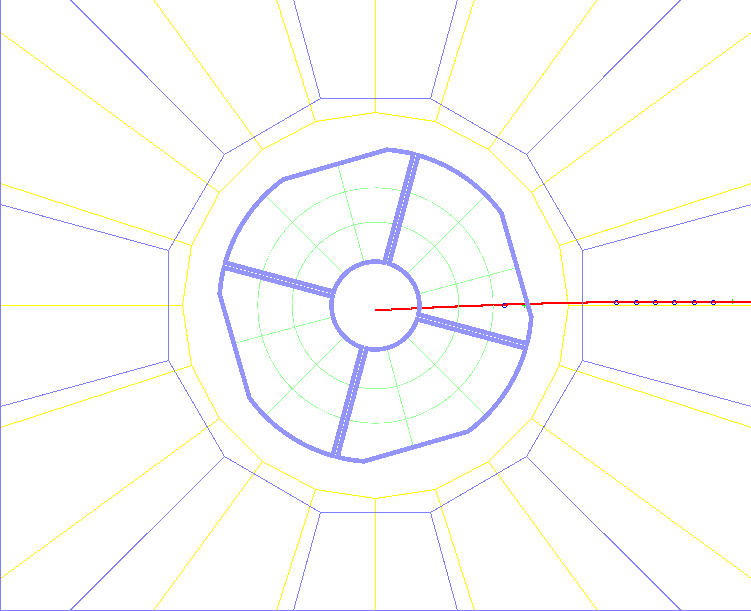 |
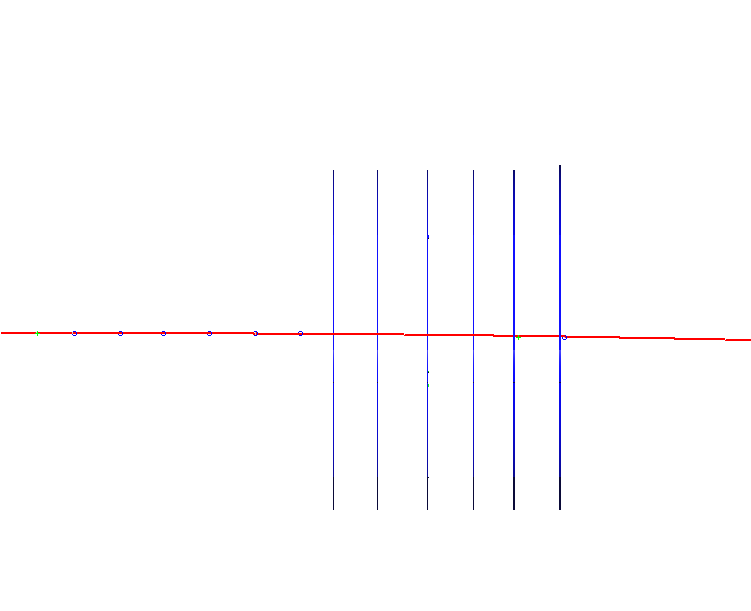 |
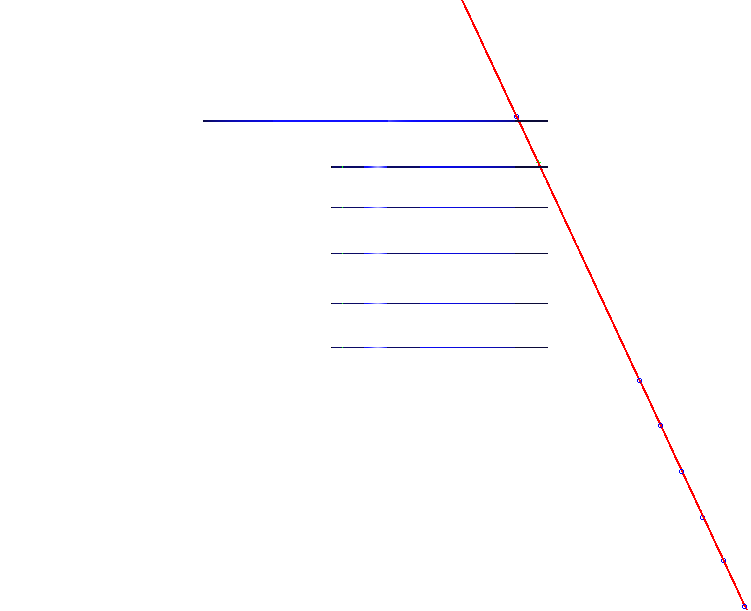 |
Figure 6 -- Event #16 generated at eta = 1.75, phi = 0.
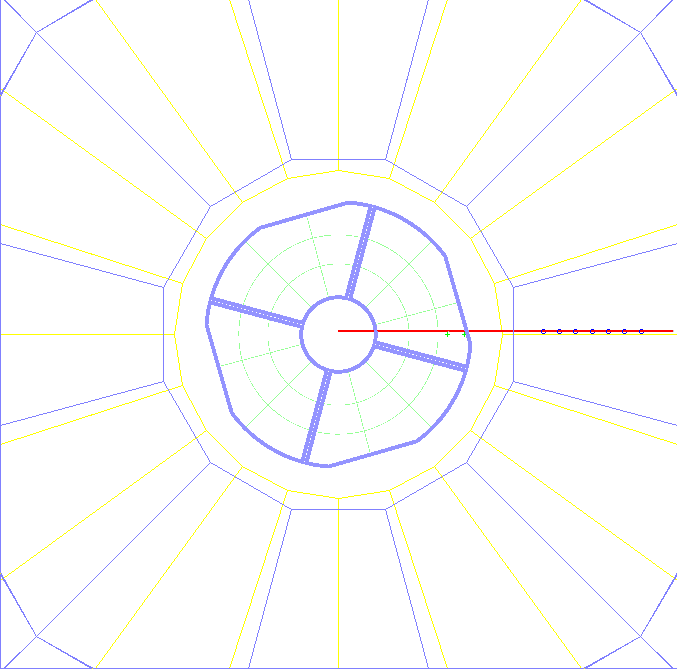 |
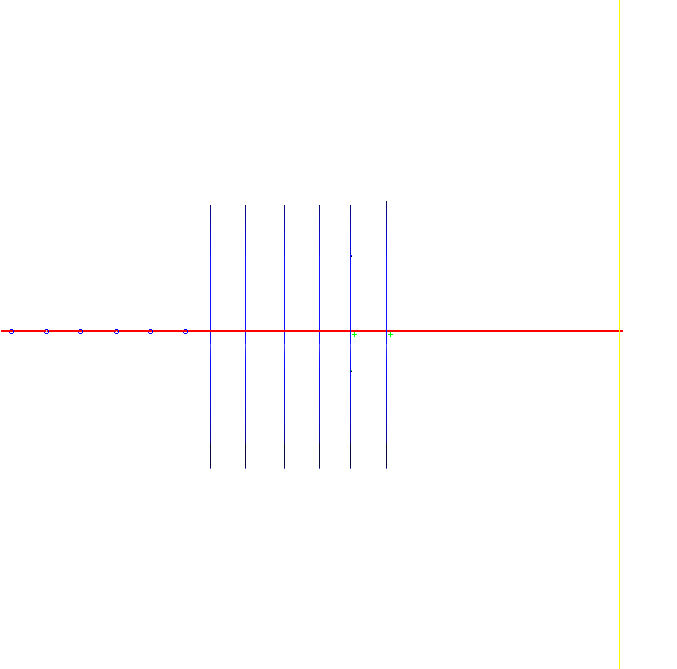 |
 |
Conclusions: The extrapolation of tracks from the TPC into the FGT leaves something to be desired. Possible explanations are (1) misunderestimated the tracking resolution of the FGT clustering / pointing; (2) TPC misalginment is not consistently applied between simu and reco; (3) ...
I see no real improvement going to 70 micron resolution for FGT points.
I see some improvement at 150 microns. Event #8 gets both FGT points into the track, other two events get 1 point... so minor gain there. 150 microns might be a reasonable guess for the resoltion of single strips in the FGT.
- jwebb's blog
- Login or register to post comments

